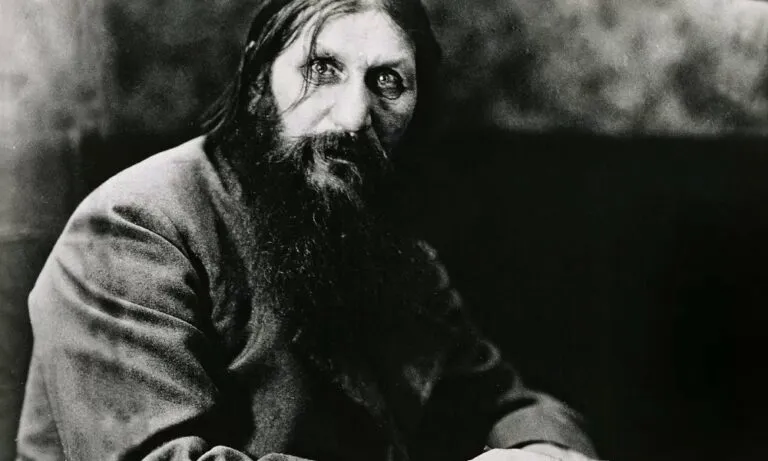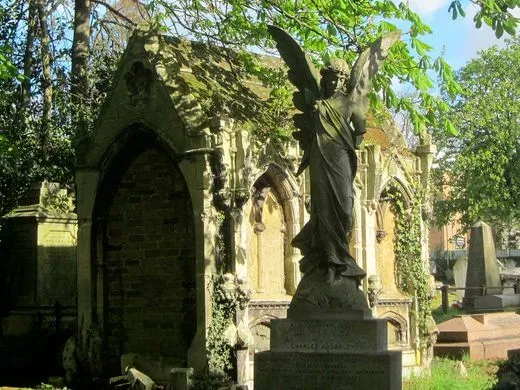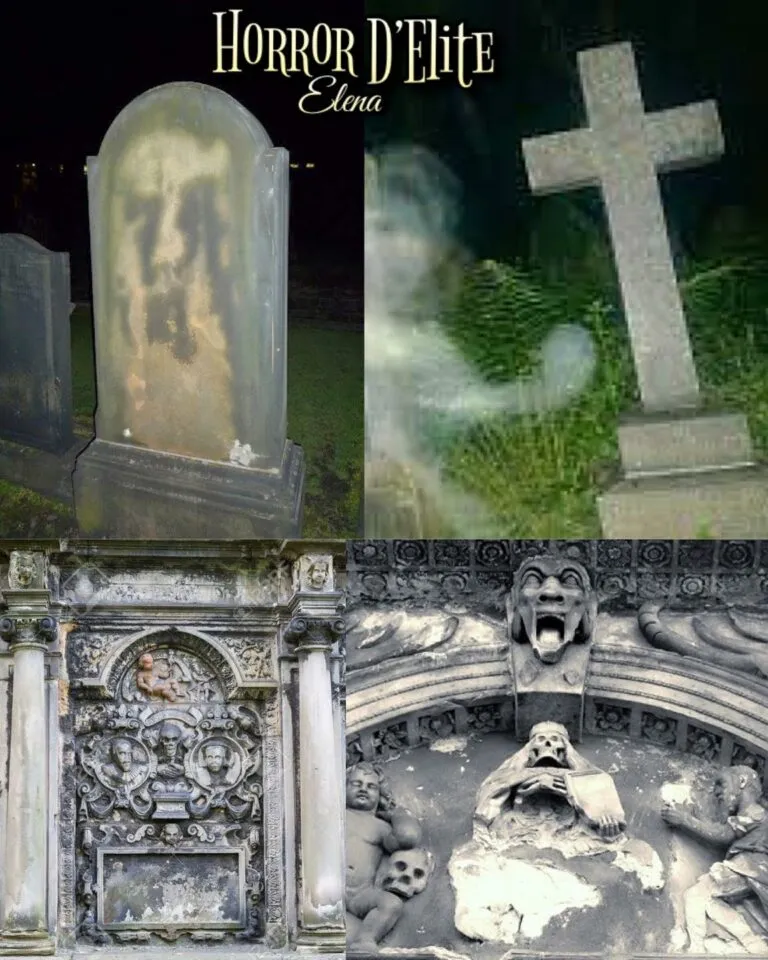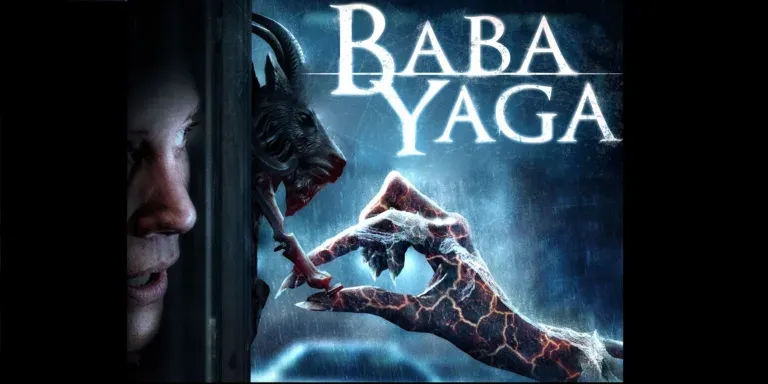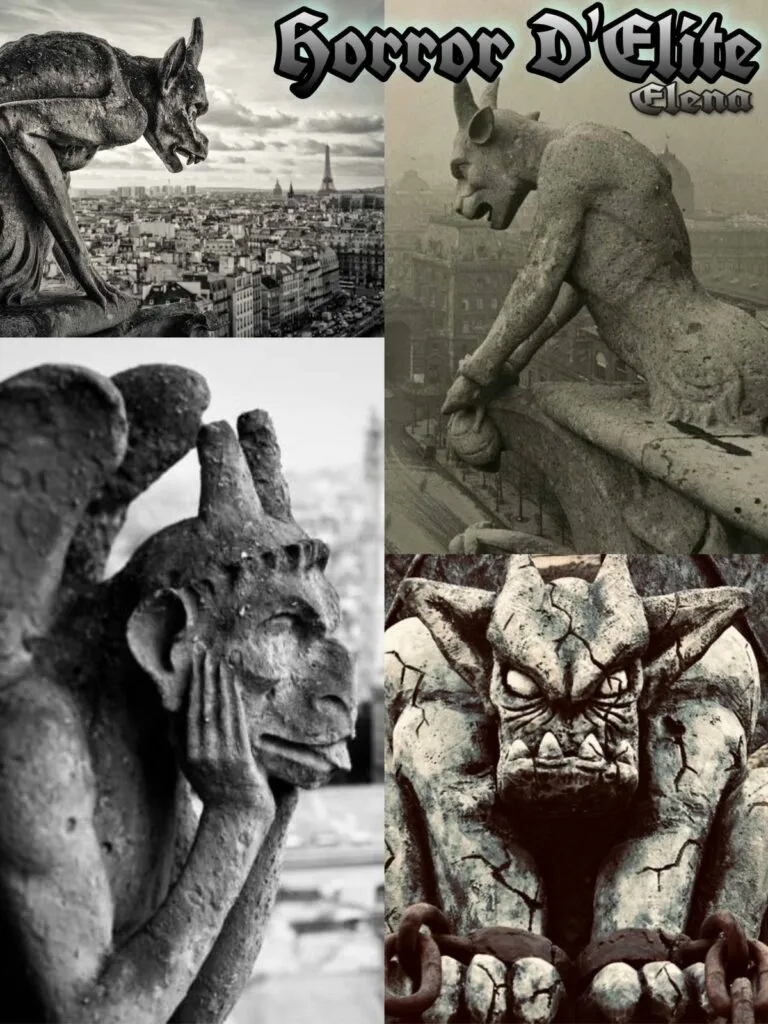The Exorcism of Klingenberg
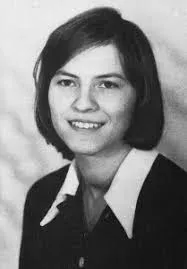
The Exorcism of Klingenberg was an event that garnered significant media attention, far beyond the borders of Germany, where it took place. The protagonist was Anneliese Michel (Anna Elisabeth Michel), a Catholic German writer who suffered from depression and epilepsy and died from extreme malnutrition after undergoing a total of 67 exorcisms. Her story has inspired many documentaries and feature films. The two most notable films that addressed this incident are “Requiem” by Hans-Christian Schmid (2006) and “The Exorcism of Emily Rose” by Scott Derrickson (2006).
THE STORY.
 1) Childhood and Onset of Illness.
1) Childhood and Onset of Illness.
Anneliese, born on September 21, 1952, in Klingenberg, was heavily influenced by religion from a young age and was not very resistant to illnesses. She attended church multiple times a week, prayed the rosary, and sometimes had the habit of sleeping on the floor to atone for the sins of others. In 1968, she had her first epileptic seizure, and shortly after, she was severely affected by pneumonia and tuberculosis. This was followed by a period of hospitalization in a sanatorium where, it seems (though this is not confirmed), she began to experience genuine visual hallucinations of a demonic nature. What is certain is that when she returned to normal life, the dark specter of depression began to emerge and affect her. In 1973, she repeatedly reported hearing knocks in the closet, on the floor, and above the ceiling, accompanied by voices that spoke to her about Hell. A doctor diagnosed her with the onset of paranoid psychosis. Meanwhile, Anneliese had already started medication to manage her epileptic seizures.
 2) The Idea of Exorcisms as a Possible Cure.
2) The Idea of Exorcisms as a Possible Cure.
A spiritual guide who accompanied her on a pilgrimage to San Damiano noticed her aversion to religious objects. He then took her to visit various clergy until priest Ernst Alt and Father Adolf Rodewyk became convinced that she exhibited signs of demonic possession. The two clergymen spoke of infestation (the initial phase of possession when demons merely torment the subject without yet possessing their soul). This was readily accepted by both Anneliese and her parents, who rejected any medical explanation.
 3) The Exorcisms
3) The Exorcisms
After an initial conversational phase, the first exorcism took place on July 1, 1975, during which a rosary was torn from her. After a second exorcism conducted by Bishop Josep Stangl, Ernst Alt recommended hospitalization in a psychiatric hospital due to Anneliese’s rapidly deteriorating condition: she was not sleeping, was screaming, was very restless, and was fasting. Additionally, she was eating insects and drinking her own urine. However, her parents refused the idea of hospitalization, fearing it would hinder her career as a teacher. A new, major exorcism, conducted according to the Roman ritual, took place on September 24, 1975, by Arnold Renz, at the suggestion of Bishop Stangl. From then until Anneliese’s death on July 1, 1976, a total of 67 exorcisms were performed. Thanks to recordings made during these sessions, we know that the girl spoke in an altered voice, using coarse and vulgar language during these occasions.
 The results of the exorcisms indicated that the girl was possessed by the demon Lucifer and the spirits of Judas, Nero, Cain, Hitler, and the parish priest Valentin Fleischmann, a suspected murderer. On the evening of March 3, 1976, Anneliese completely stopped eating, following the orders of the voices she heard, and began to engage in self-destructive behaviors, inflicting severe physical punishments on herself. In her last weeks of life, she had to be tied to her bed, and the girl became convinced that she had stigmata on her hands and feet. She died the day after the last exorcism, due to malnutrition and extreme emaciation, all exacerbated by pneumonia. At the time of her death, she weighed only 31 kg at a height of 1.66 meters.
The results of the exorcisms indicated that the girl was possessed by the demon Lucifer and the spirits of Judas, Nero, Cain, Hitler, and the parish priest Valentin Fleischmann, a suspected murderer. On the evening of March 3, 1976, Anneliese completely stopped eating, following the orders of the voices she heard, and began to engage in self-destructive behaviors, inflicting severe physical punishments on herself. In her last weeks of life, she had to be tied to her bed, and the girl became convinced that she had stigmata on her hands and feet. She died the day after the last exorcism, due to malnutrition and extreme emaciation, all exacerbated by pneumonia. At the time of her death, she weighed only 31 kg at a height of 1.66 meters.
 4) The Trial.
4) The Trial.
The Exorcism of Klingenberg opened the door to a judicial proceeding. The parents were charged with manslaughter, as were Alt, Renz, Stangl, and Rodewyk. The latter two were later released from judgment, as it was established that they had no direct contact with the victim and thus were not fully aware of her health conditions. The trial against the remaining four began on March 30, 1978, and received significant media attention. 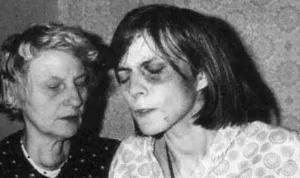 The prosecution argued that Anneliese’s epilepsy had manifested as paranoid psychosis and that her death could have been prevented by consulting a doctor and through forced feeding. A psychiatric evaluation was conducted on the defendants, who exhibited a pronounced religiosity. The parents defended themselves by stating that they had entrusted their daughter to religious care. The prosecution requested that they be convicted of manslaughter due to negligence. The judge in the Klingenberg exorcism trial sentenced the defendants on April 21, 1978, to six-month prison terms for manslaughter for failing to provide medical assistance. It was recognized that they believed “irremovably in the physical existence of the devil.” The judge also determined that Anneliese Michel was not possessed but rather mentally ill since May 1, 1976.
The prosecution argued that Anneliese’s epilepsy had manifested as paranoid psychosis and that her death could have been prevented by consulting a doctor and through forced feeding. A psychiatric evaluation was conducted on the defendants, who exhibited a pronounced religiosity. The parents defended themselves by stating that they had entrusted their daughter to religious care. The prosecution requested that they be convicted of manslaughter due to negligence. The judge in the Klingenberg exorcism trial sentenced the defendants on April 21, 1978, to six-month prison terms for manslaughter for failing to provide medical assistance. It was recognized that they believed “irremovably in the physical existence of the devil.” The judge also determined that Anneliese Michel was not possessed but rather mentally ill since May 1, 1976.
 CONCLUSIONS
CONCLUSIONS
The Exorcism of Klingenberg has sparked extensive discussions regarding mental health, religion, and exorcism practices. It has been the subject of various films and documentaries, helping to keep its memory alive in popular culture.
Anneliese’s story continues to raise questions about the nature of possession and how society addresses mental illness.


 1) Childhood and Onset of Illness.
1) Childhood and Onset of Illness. 2) The Idea of Exorcisms as a Possible Cure.
2) The Idea of Exorcisms as a Possible Cure. 3) The Exorcisms
3) The Exorcisms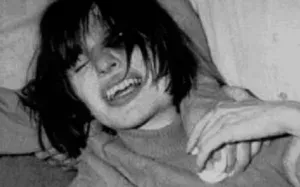 4) The Trial.
4) The Trial.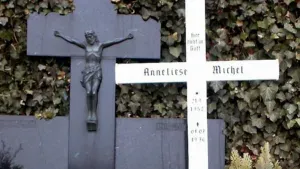 CONCLUSIONS
CONCLUSIONS
